World first research that will test the ability of augmented reality to improve the delivery of cognitive behavioural therapy (CBT) as a treatment for symptoms of childhood anxiety among kids with asthma.
Category: Feature
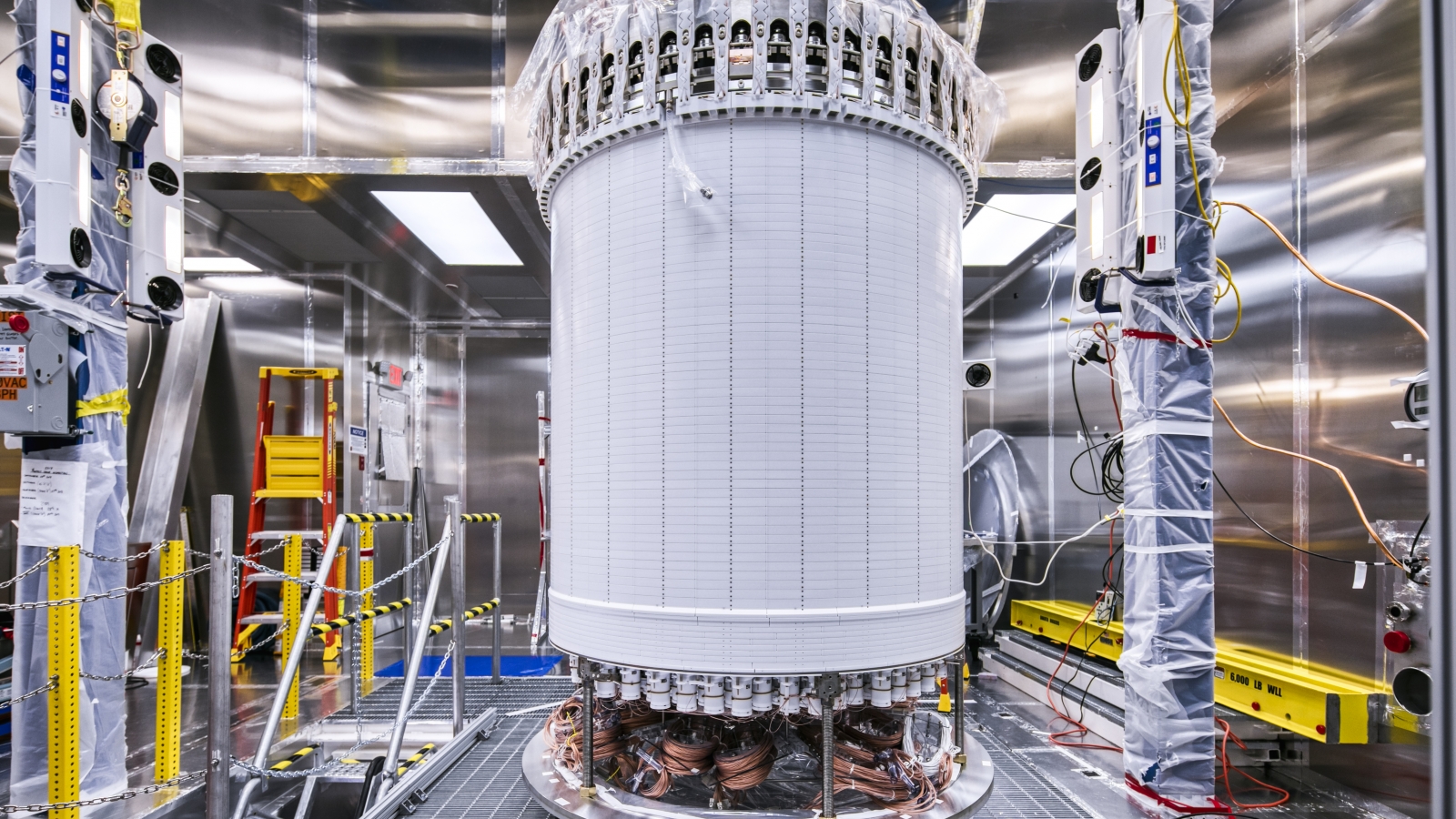
Site of LUX-ZEPLIN Dark Matter Search Project Carefully Ramps Up Science Work
The Sanford Underground Research Facility, which is home to the LUX-ZEPLIN dark matter search project, earlier this month began a transition back toward increased operations.
Introducing TVT Connect
The Cardiovascular Research Foundation (CRF) has announced that TVT Connect, the Structural Heart Summit, will take place online June 18-28, 2020. TVT Connect features expertly developed series, late-breaking clinical science, challenging cases, industry-sponsored sessions, and connection to a community of thought leaders from across the globe.
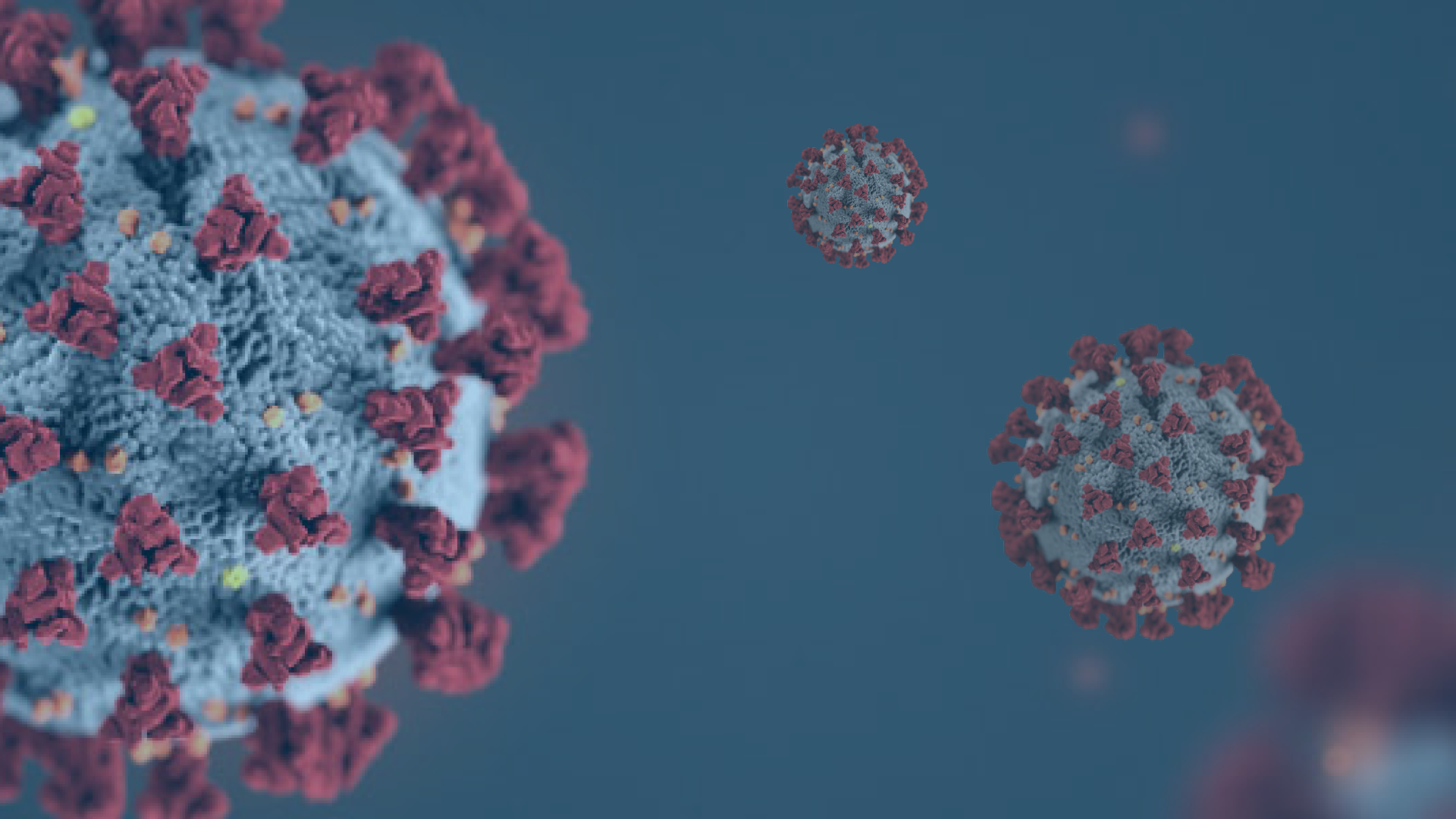
What we can learn from SARS
Seventeen years ago, another viral outbreak was in the news. People wore masks, many were nervous to fly. This outbreak, known as SARS, was caused by a type of coronavirus we now call SARS-CoV-1. The difference was that SARS-CoV-1 was controlled and the virus is all but extinct. The newspaper headlines became a distant memory.
Sea Turtle Nesting Season in Full Swing, UCF Researchers Keep Working Despite COVID-19
While uncertainty reigns for Floridians due to COVID-19, there’s one thing they can count on: sea turtles are nesting on our local beaches as nesting season heads into its fourth month this June.
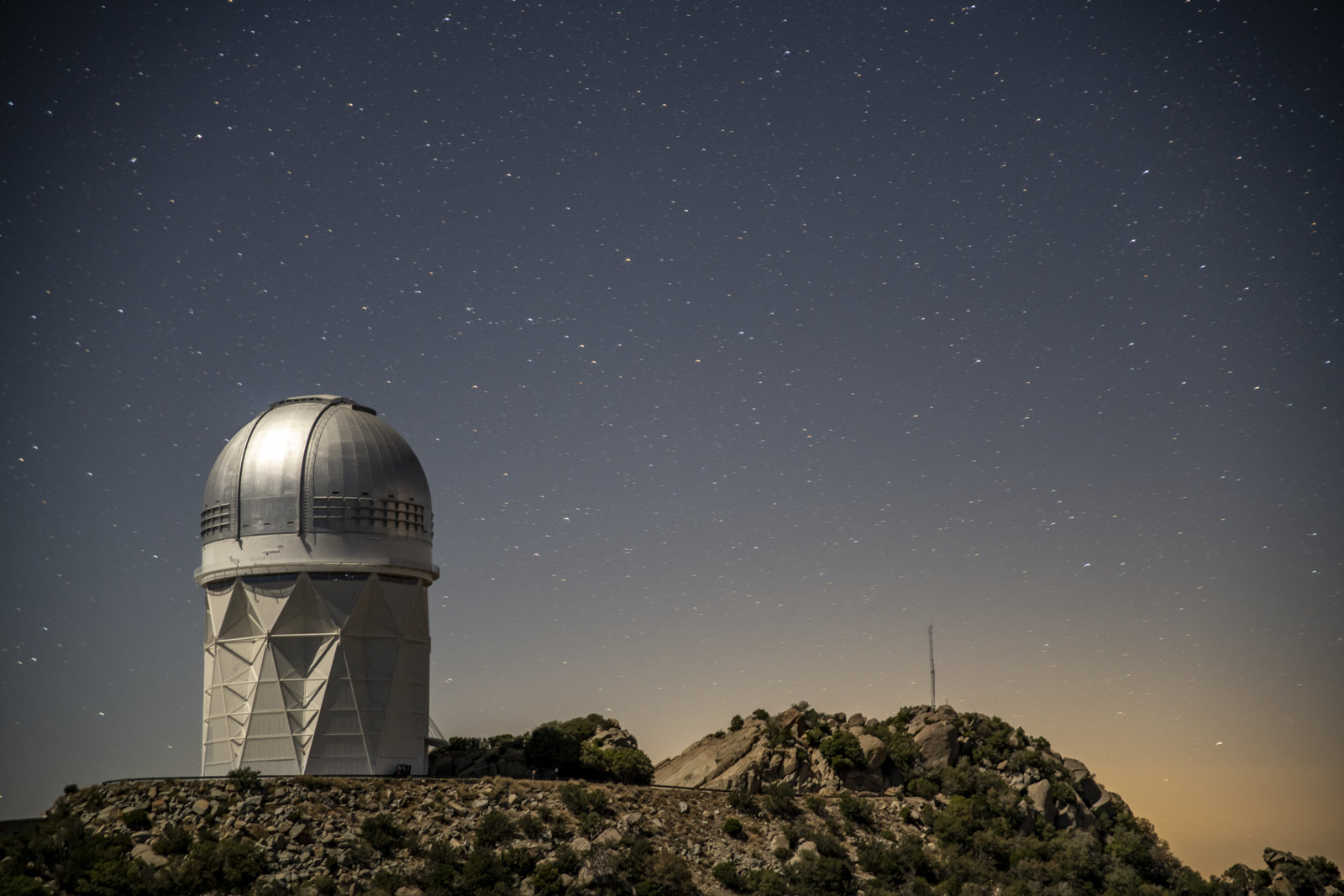
DESI Team Prepares for Telescope Instrument’s Restart after Unexpected Shutdown
Despite a temporary shutdown of the Dark Energy Spectroscopic Instrument in Arizona – which was in its final stages of testing in preparation to begin mapping millions of galaxies in 3D when the pandemic struck – a variety of project tasks are still moving forward.

New wearable devices set to diagnose medical conditions such as preeclampsia, epilepsy and heart attacks
Transforming how common health conditions are diagnosed using point-of-care and wearable bio diagnostic devices is the goal of a new $2.2 million University of South Australia project.

Telehealth visits: What if you need an X-ray?
LifeBridge Health, in continuing to provide care while keeping patients and team members safe during the coronavirus (COVID-19) crisis, is embracing telehealth visits.
Your Ophthalmologist is Ready to See You
As all 50 states begin to reopen to some degree, the American Academy of Ophthalmology wants to share how ophthalmologists are working to protect their patients and staff.
Responding to the response: Anthropologist conducting survey to gauge Americans’ feelings on the country’s response to COVID-19
Medical anthropologist Lisa Hardy knows a complex global problem like the coronavirus pandemic requires interdisciplinary solutions, so she put her experience in measuring community engagement and resilience to use collecting real-time data into what Americans are thinking. The nature of her work means that the results can be used in the country’s ongoing response to the pandemic. She, faculty member Leah Mundell and grad students Kayla Torres and Kevin Shaw also are the U.S. partners in an international research project looking at these questions worldwide.
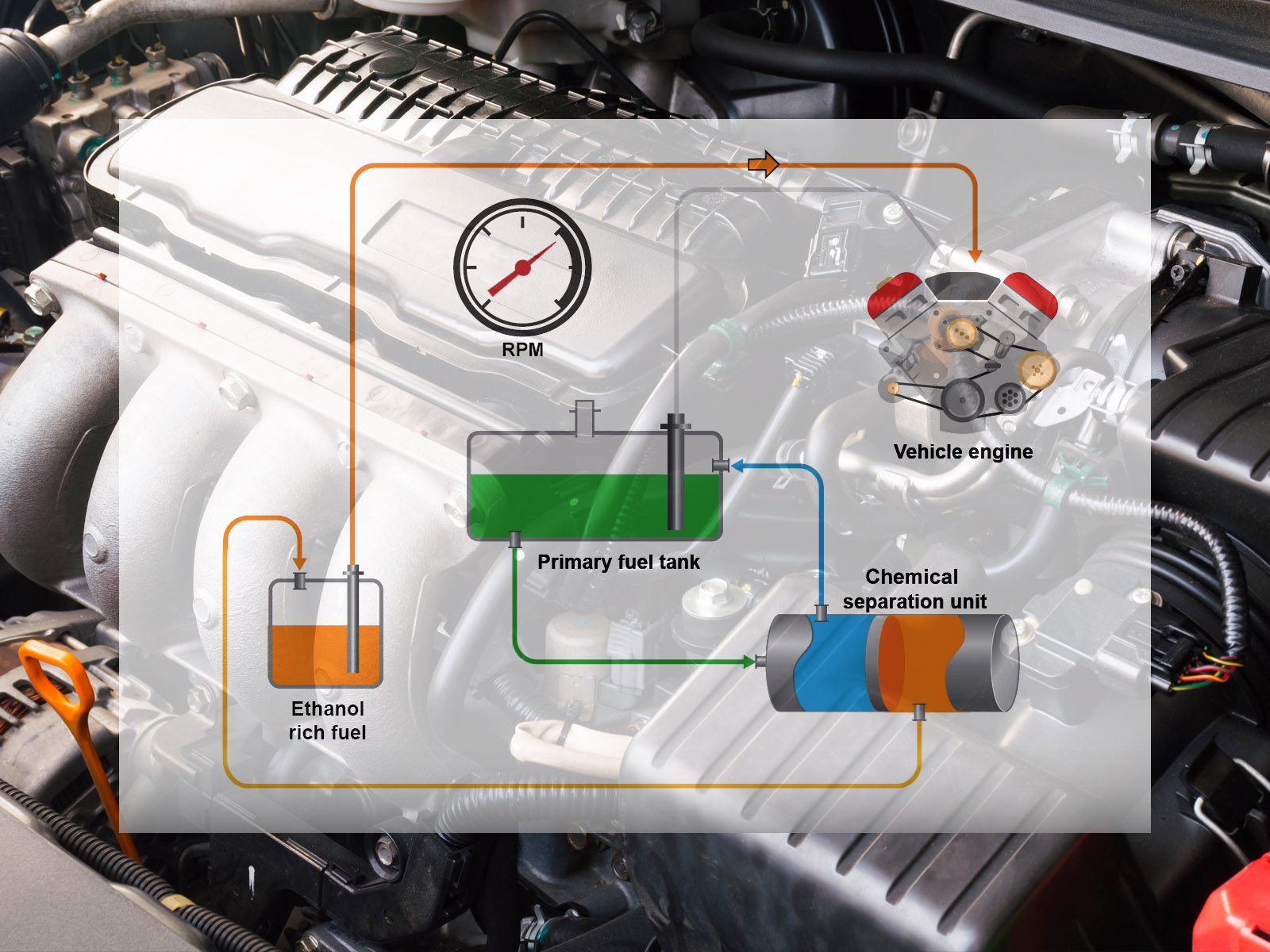
Onboard Separation Technology Set to Improve Fuel Economy
A technology developed by researchers at PNNL could pave the way for increased fuel economy and lower greenhouse gas emissions as part of an octane-on-demand fuel-delivery system. The system separates ethanol-blended gasoline into high- and low-octane fuel components, metering out the appropriate fuel mixture to the engine depending on the power required.

Community psychologists: Agents of change
For decades, community psychologists have used their psychology training to identify solutions to challenging problems like neighborhood violence and undiagnosed illnesses across large populations. At the forefront of this field is Leonard Jason, a professor of clinical and community psychology and director of the Center for Community Research at DePaul University.
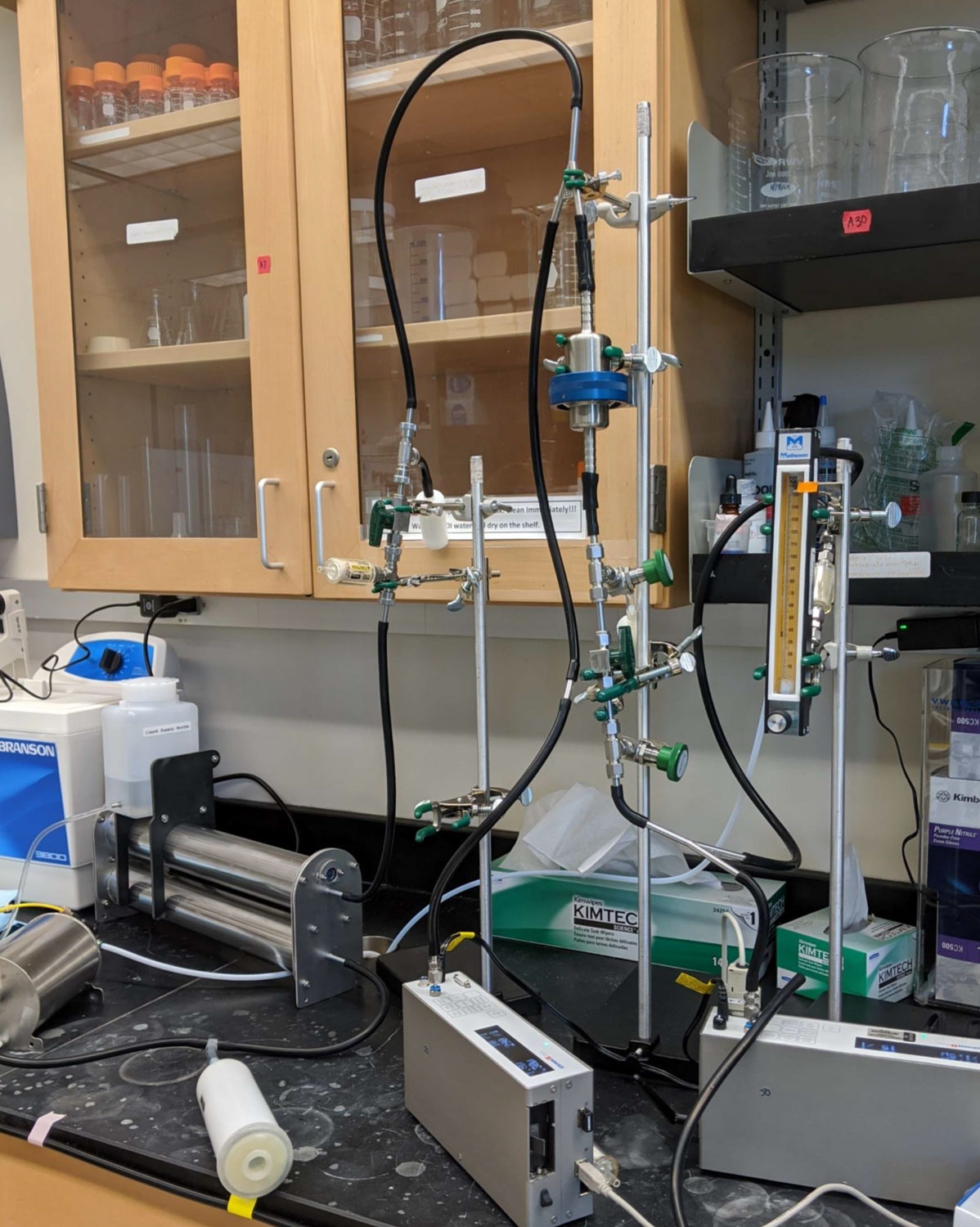
Researchers Collaboratively Test Mask Effectiveness to Fight Spread of COVID-19
Faculty members at Texas Tech University and the Texas Tech University Health Sciences Center are examining both intermediate materials and finished masks from a multidisciplinary approach.
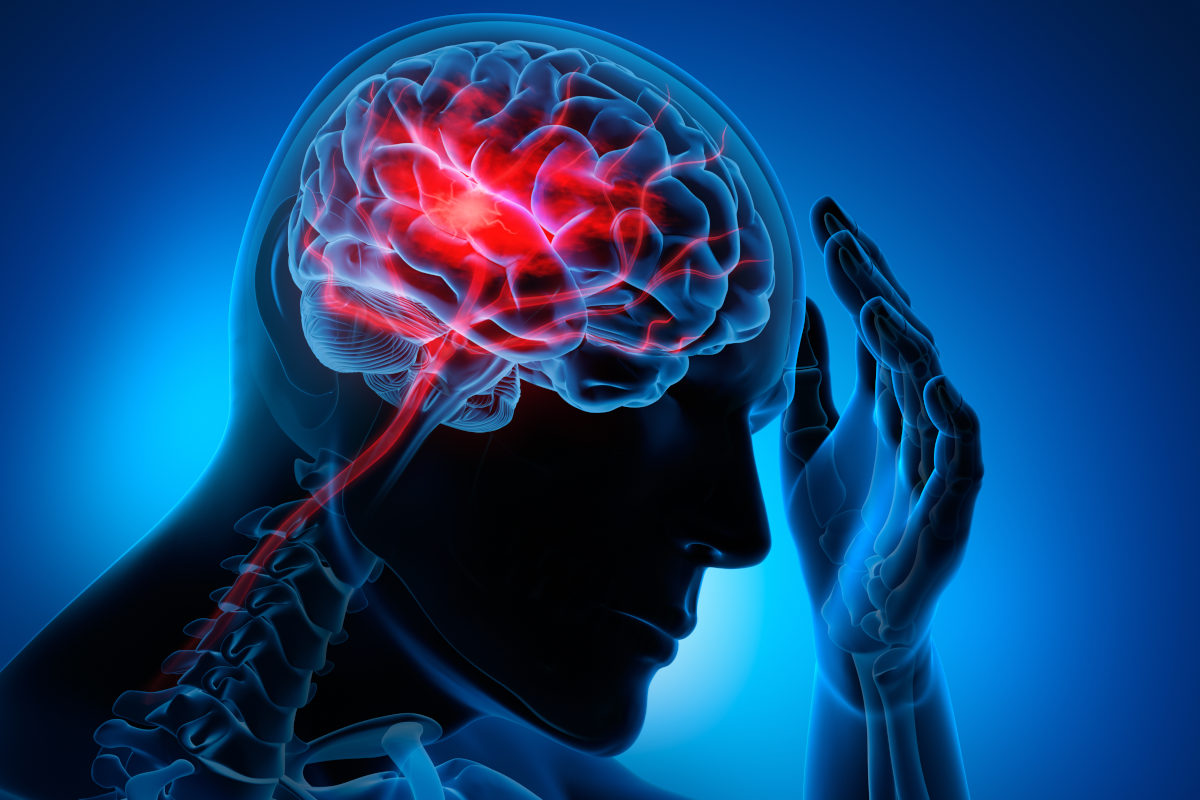
The Medical Minute: Prevent a stroke by knowing your risks
Strokes are the fifth most common cause of death in the United States and a leading cause of disability among survivors. Fortunately, most strokes — more than 80% — are preventable by managing risk factors.

During COVID-19, Telehealth Reconnects Patients with Health Care Providers
During COVID-19, UC San Diego Health expanded telehealth to provide patients with safe and convenient access to appointments with their health care providers. Video visits expanded by more than 50-fold.
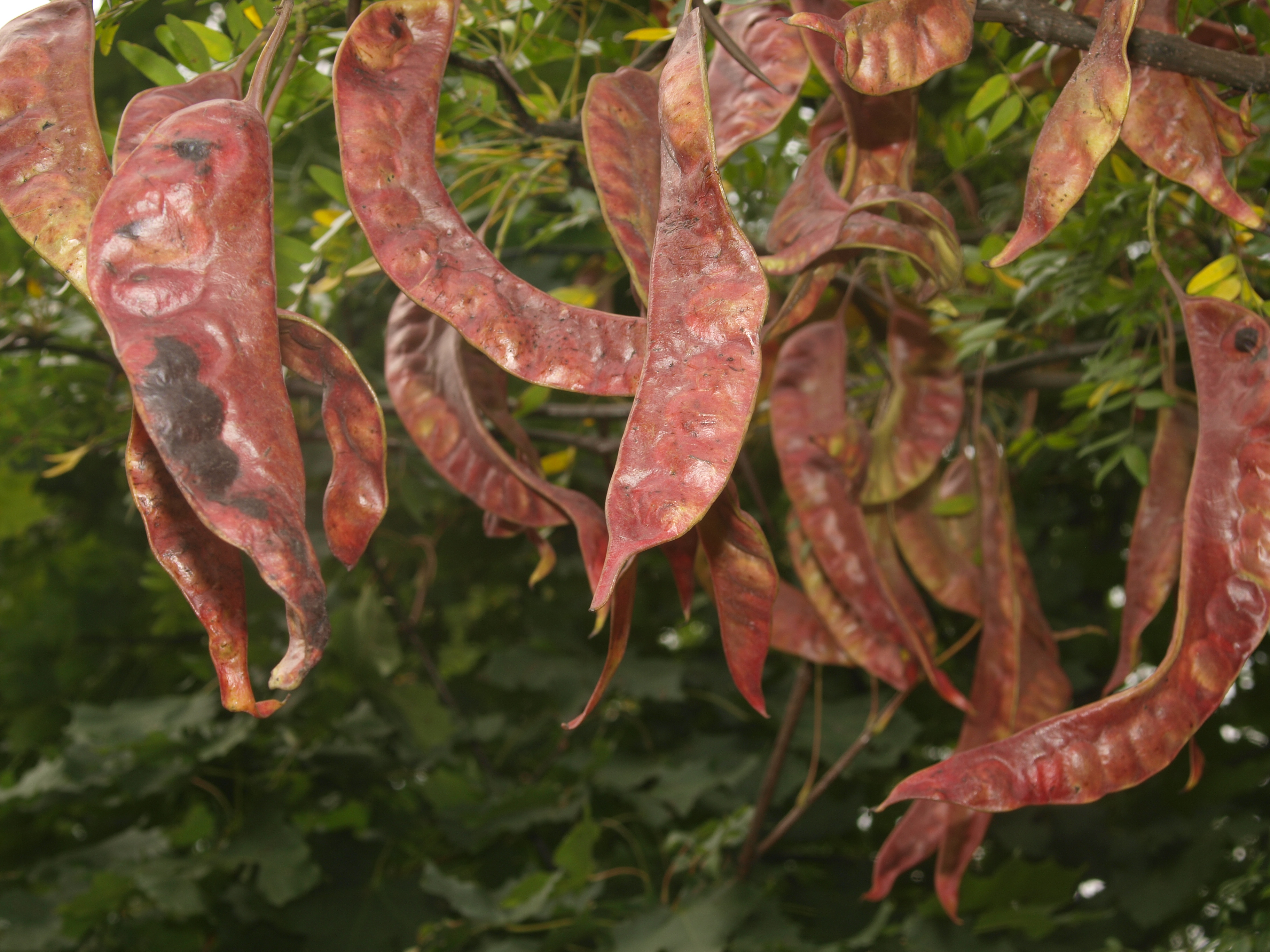
Mammoths, mastodons and the fruit they left behind at Fermilab
If you live in the Chicago suburbs and have ever taken a walk on the Fermilab hike-and-bike trail along Batavia Road, you’ve probably noticed large trees with long, slender bean pods, which — even after they fall to the ground — are ignored by wildlife. Not that long ago, mammoths, mastodons and giant ground sloths roamed the Fermilab grounds and feasted on these bean pods, along with the fruit of two additional species that still can be found growing on site.

NASA’s Webb Will Study the ‘Building Blocks’ of Our Solar System
Asteroids, many of which are locked in orbits between Mars and Jupiter, are the rocky leftovers of planet formation. The outer planets continually stirred them up, preventing them from combining to form larger bodies. But where did they originally form? And what clues might they offer about the history of planetary migration in the early solar system? In one observation program, NASA’s upcoming James Webb Space Telescope will probe five bodies, three in the main asteroid belt and two Trojan asteroids, to shed new light on the drama that occurred billions of years ago.
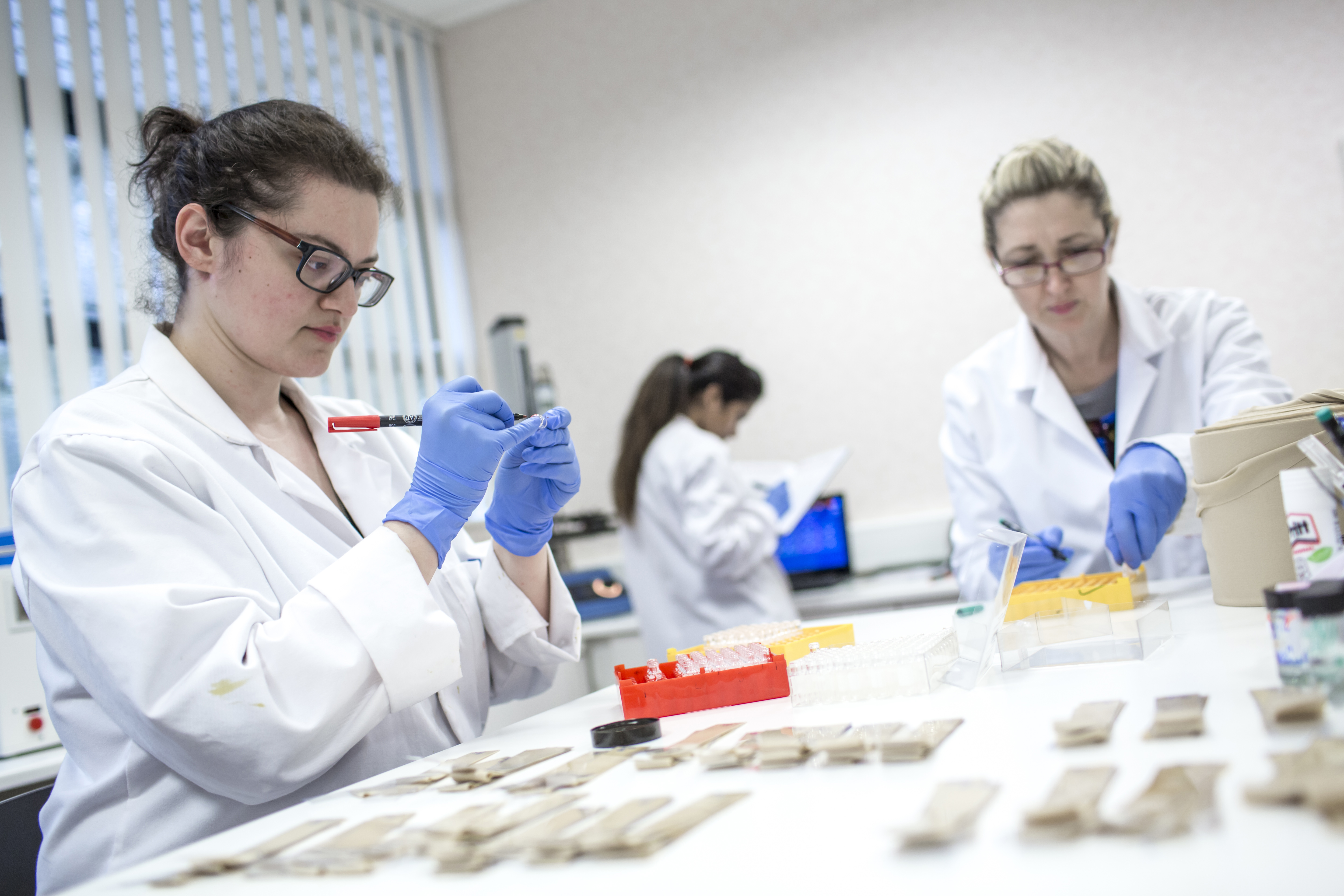
Midlands Medictech company Medherant in partnership to develop multiple new products with tech developed at University of Warwick
Midlands Medictech company Medherant has just this month (May 2020) signed a partnership agreement with Cambridge based Cycle Pharmaceuticals to develop multiple new products using Medherant technology developed by University of Warwick chemistry researchers.
Life at Home During the Pandemic
While many Americans agree that the coronavirus is changing life at home on an unprecedented scale, men and women report significant differences in their views and behavior, according to the first comprehensive study of the social and cultural impact of the pandemic conducted by the USC Center for the Digital Future and the Interactive Advertising Bureau (IAB).

You May Be Ready for College, but Are Your Allergies and Asthma?
As many students will head to campus while COVID-19 is still a concern, it’s especially important that they stay healthy and have a good plan to manage their allergies and asthma.
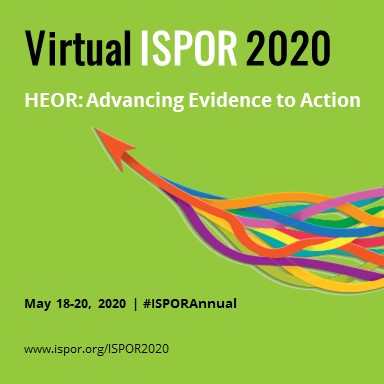
ISPOR Holds Its First Completely Virtual Conference
ISPOR concluded its Virtual ISPOR 2020 conference yesterday—its first completely virtual conference. The conference was redesigned as an online event when the COVID-19 pandemic required a necessary cancellation of the in-person conference.
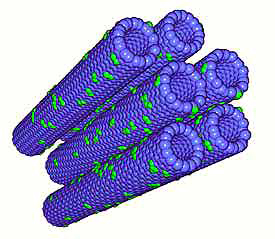
This COVID-19 Detector Has Berkeley Lab Roots
A technology spun from carbon nanotube sensors discovered 20 years ago by Lawrence Berkeley National Laboratory (Berkeley Lab) scientists could one day help healthcare providers test patients for COVID-19, the disease caused by the coronavirus SARS-CoV-2.
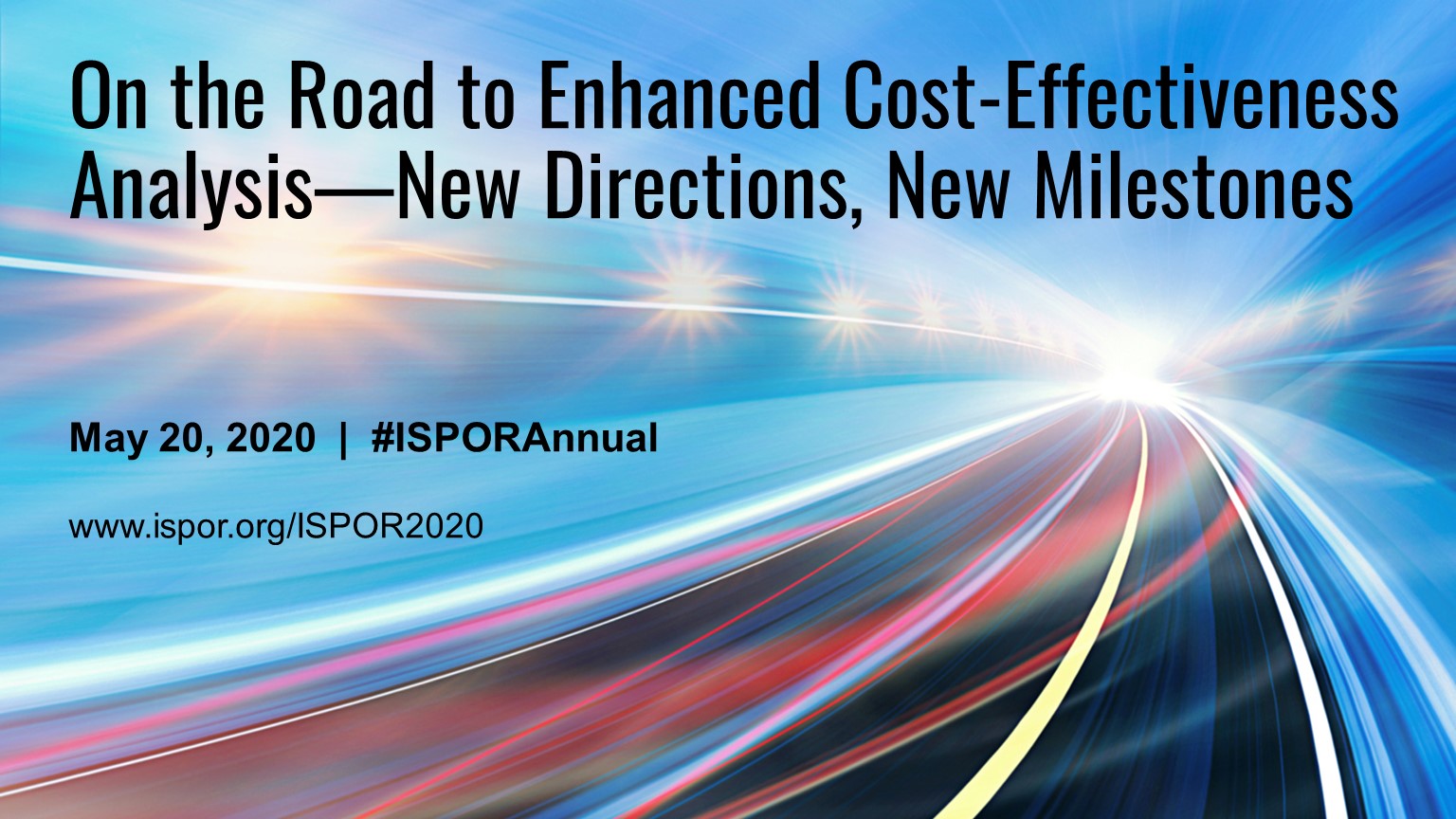
Innovative Approaches to Cost-Effectiveness Analysis in Healthcare
ISPOR—The Professional Society for Health Economics and Outcomes Research held its third and final Virtual ISPOR 2020 plenary session this afternoon, “On the Road to Enhanced Cost-Effectiveness Analysis—New Directions, New Milestones.”
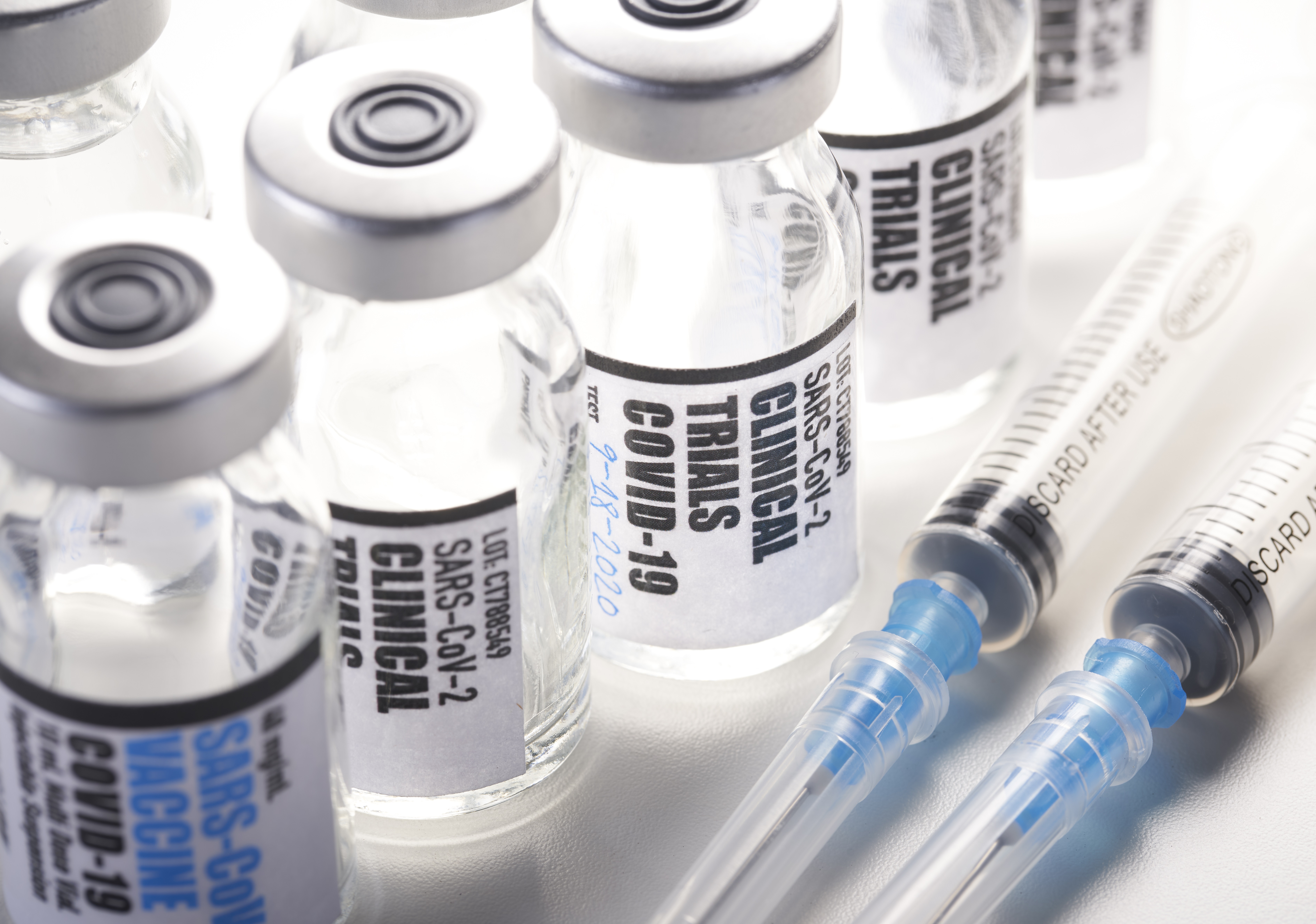
Tip of the Iceberg: Existing Racial Inequalities in Death from COVID-19 Will Soar
Lifesaving innovations for COVID-19 will only markedly increase the already existing racial inequalities, if public health initiatives for equitable dissemination throughout all communities are not immediately developed. The introduction of drugs for HIV, respiratory distress syndrome, and hepatitis C resulted in racial inequalities. Moreover, before the introduction of the Salk polio vaccine in 1952, initially, black Americans experienced significantly lower rates of paralytic polio than white Americans. By 1959, after the widespread distribution of the vaccine, the reverse was true.
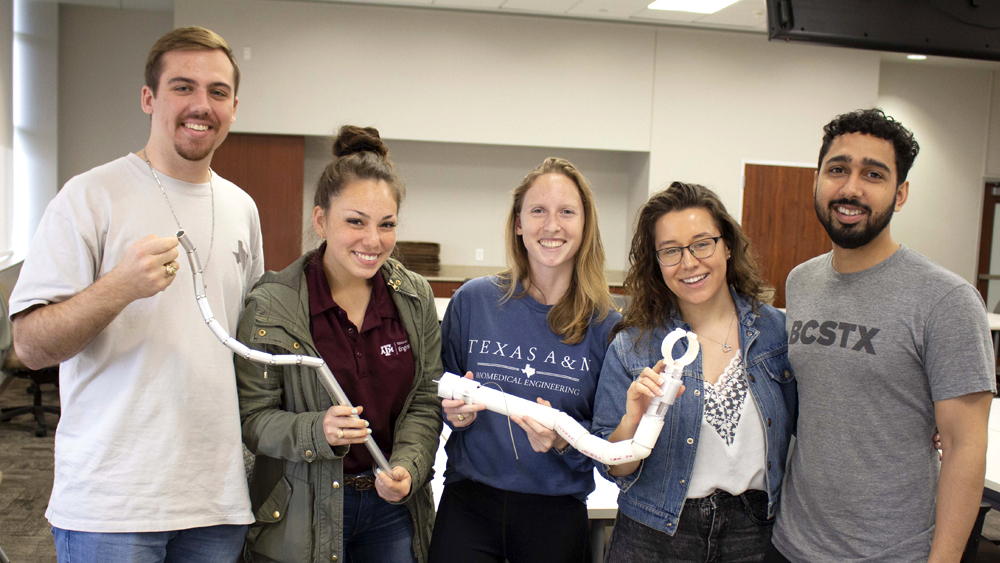
Students offer pediatric surgeons a helping hand
In a surgery suite, it’s all hands on deck. Using an endoscope, a tube with a light and camera attached, can sometimes hinder that mobility, a problem a team of seniors worked to solve with their final capstone project.
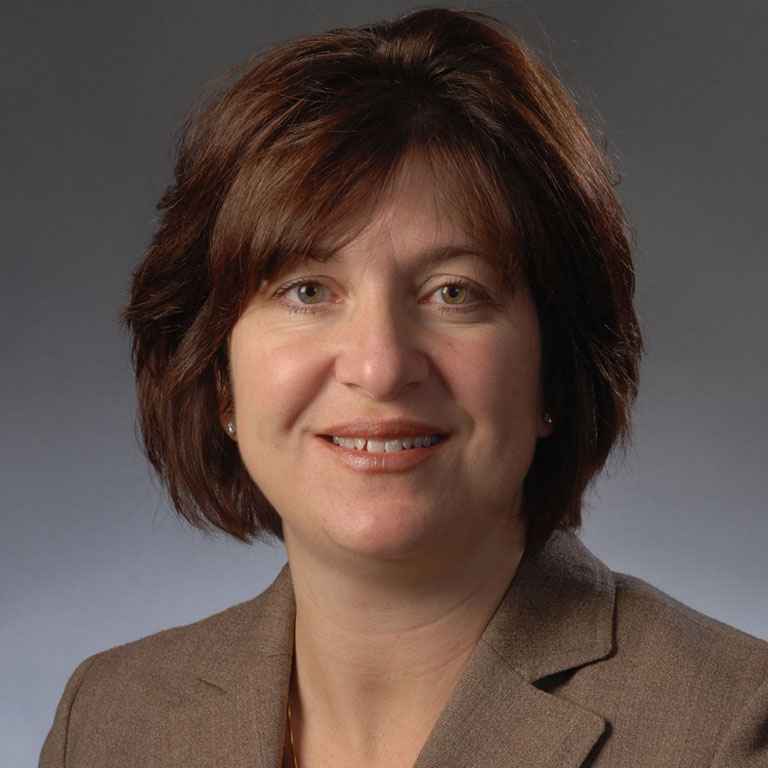
Center offers COVID-19 training and resources for individuals with autism spectrum disorder
The HANDS in Autism® Interdisciplinary Training & Resource Center at IUPUI launched a Coronavirus Hub for educators, families, and medical professionals to assist them in helping individuals with autism spectrum disorder cope during the pandemic.
How to Help Your Teen During COVID-19
Teens are missing out on once-in-a-lifetime milestones like prom and graduation. Our expert offers advice on how to help teens cope with their sadness and grief.
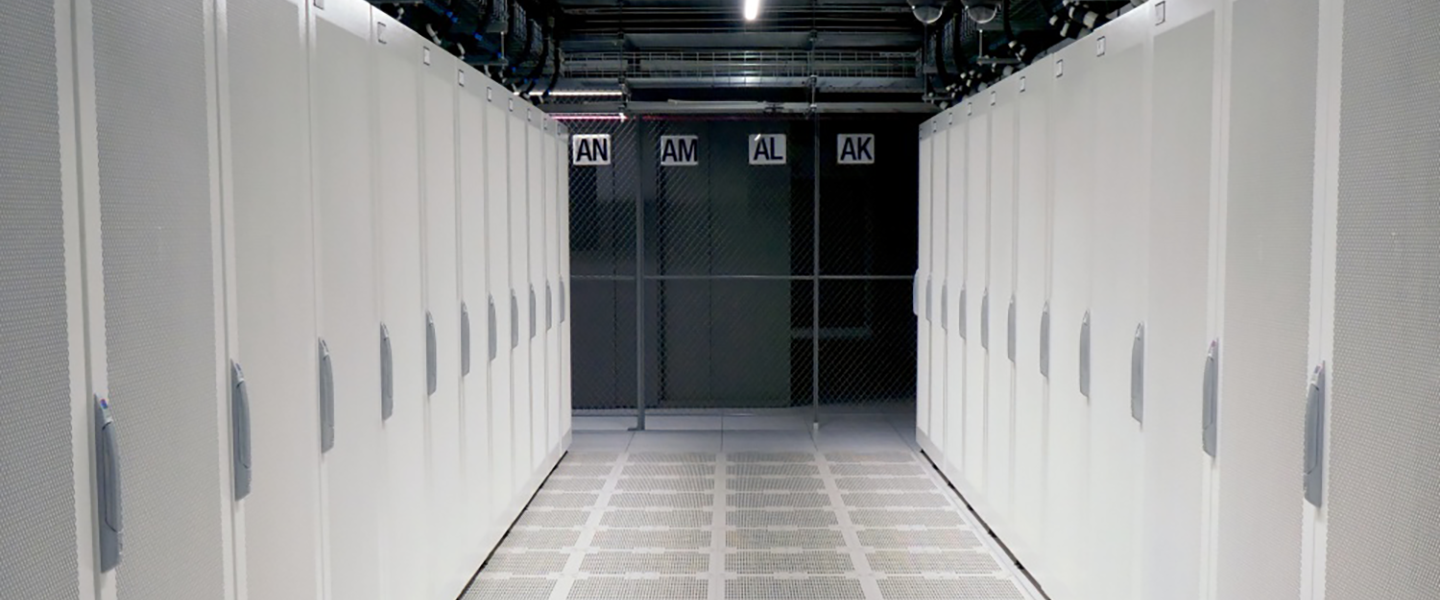
Penn State’s supercomputer takes on COVID-19 — and its aftermath
Penn State researchers will need the power of supercomputers not just to investigate possible treatments and therapies for the novel coronavirus, but also to explore ways to help the world recover socially, economically and psychologically.
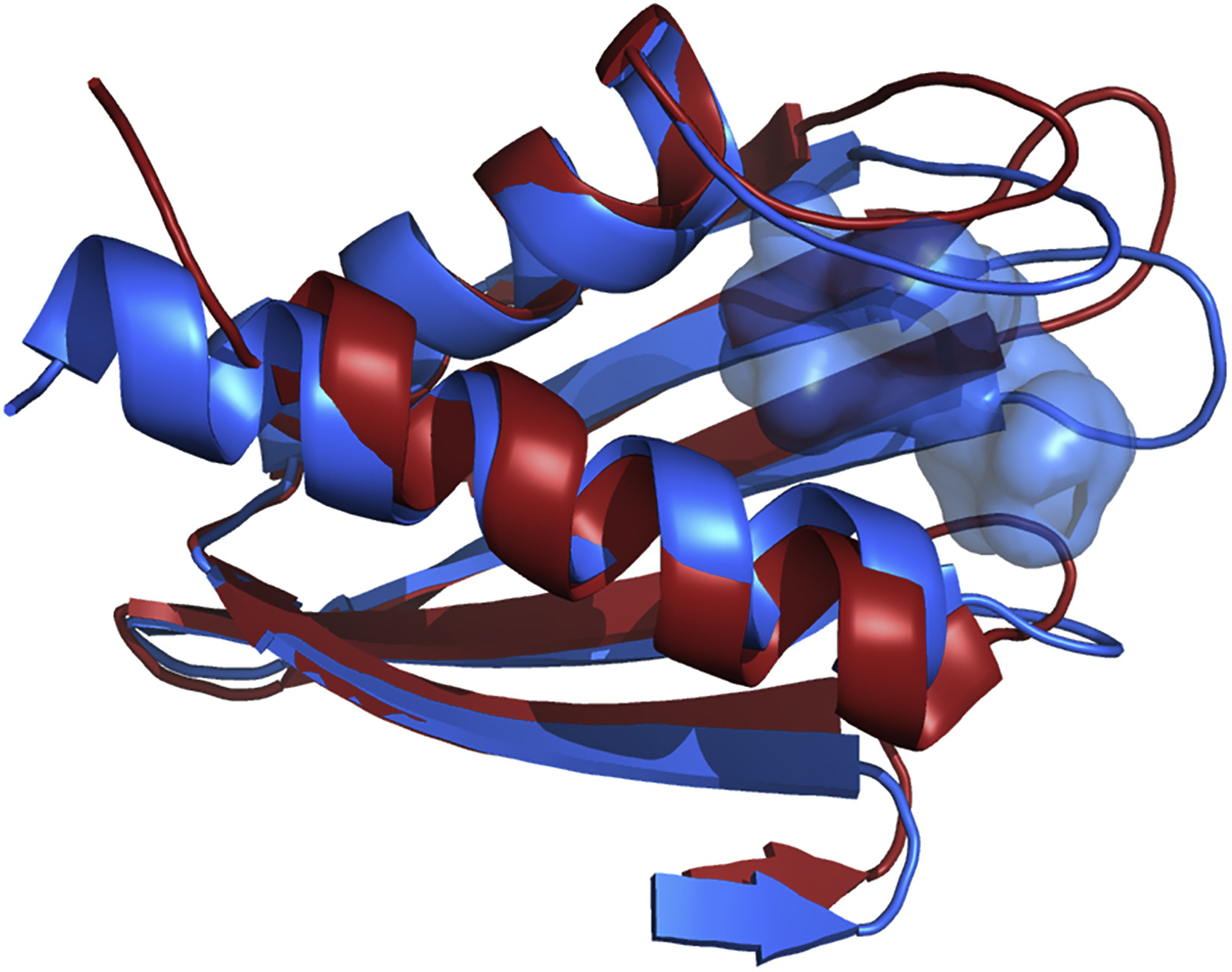
Supercomputing Aids Scientists Seeking Therapies for Deadly Bacterial Disease
A team of scientists led by Abhishek Singharoy at Arizona State University used the Summit supercomputer at the Oak Ridge Leadership Computing Facility to simulate the structure of a possible drug target for the bacterium that causes rabbit fever.

Wichita State University technology breathes new life into aging Army helicopter fleet
The US Army is turning to “digital-twin” technology from Wichita State University to resolve challenges and boost efficiencies for its enduring fleet of Black Hawk helicopters.
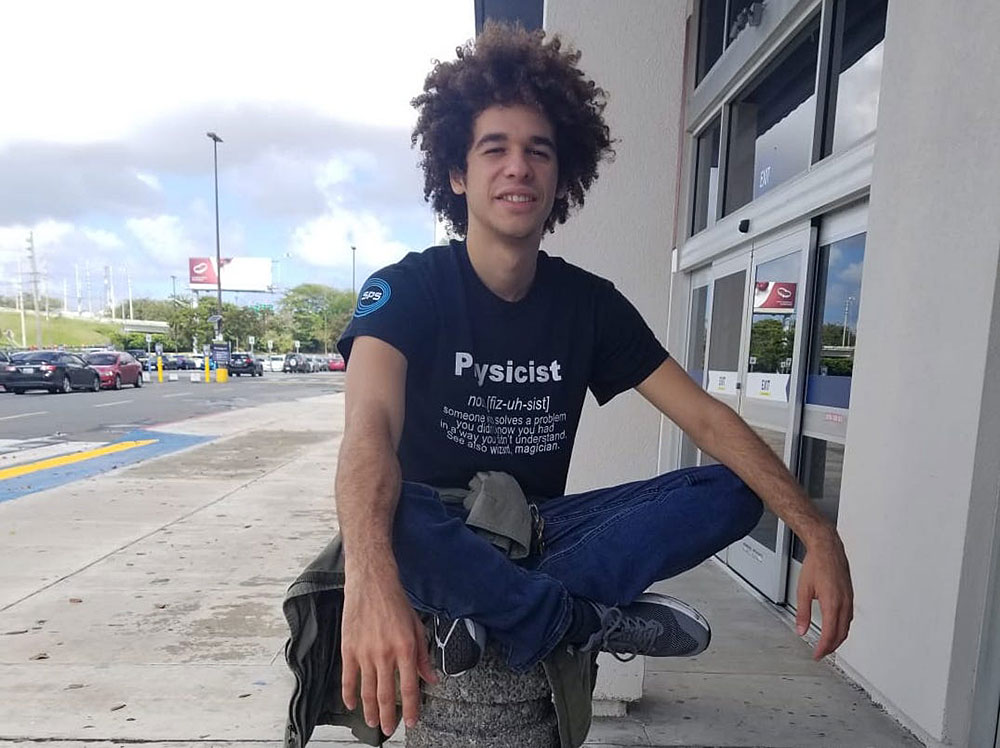
A Fresh Pair of Eyes On an Old Nuclear Physics Problem
As an intern for the National Nuclear Data Center, Pedro Rodríguez is working to resolve a 70-year-old problem in nuclear physics. He and his mentor are figuring out a way to simplify one of the steps for ensuring nuclear reactors can be modeled correctly.
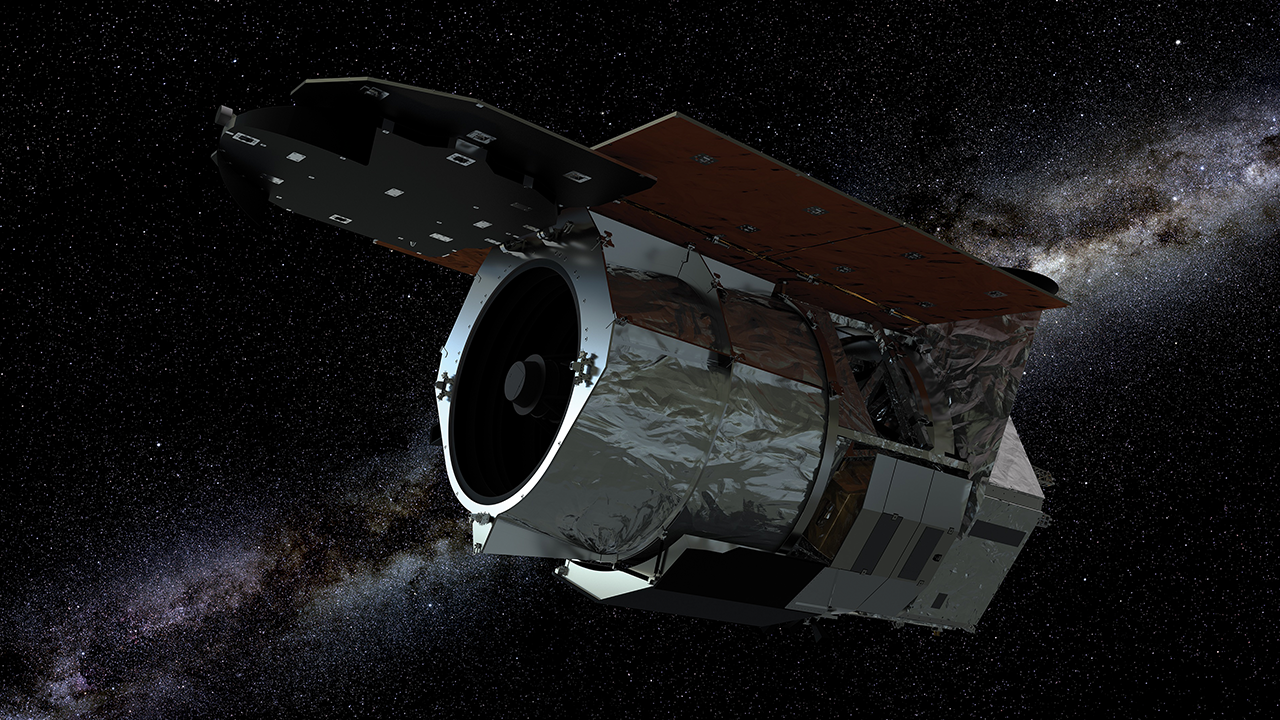
WFIRST Telescope Named For ‘Mother of Hubble’ Nancy Grace Roman
Today, NASA announced that it is naming its next-generation space telescope, the Wide Field Infrared Survey Telescope (WFIRST), in honor of Dr. Nancy Grace Roman, NASA’s first Chief Astronomer, who paved the way for space telescopes focused on the broader universe. The newly named Nancy Grace Roman Space Telescope (or Roman Space Telescope, for short), is set to launch in the mid-2020s.
S&T researcher examines if AI have a mind of their own
A Missouri University of Science and Technology researcher is examining what is considered evidence of artificial intelligence having a “mind,” which will show when a person perceives AI actions as morally wrong.
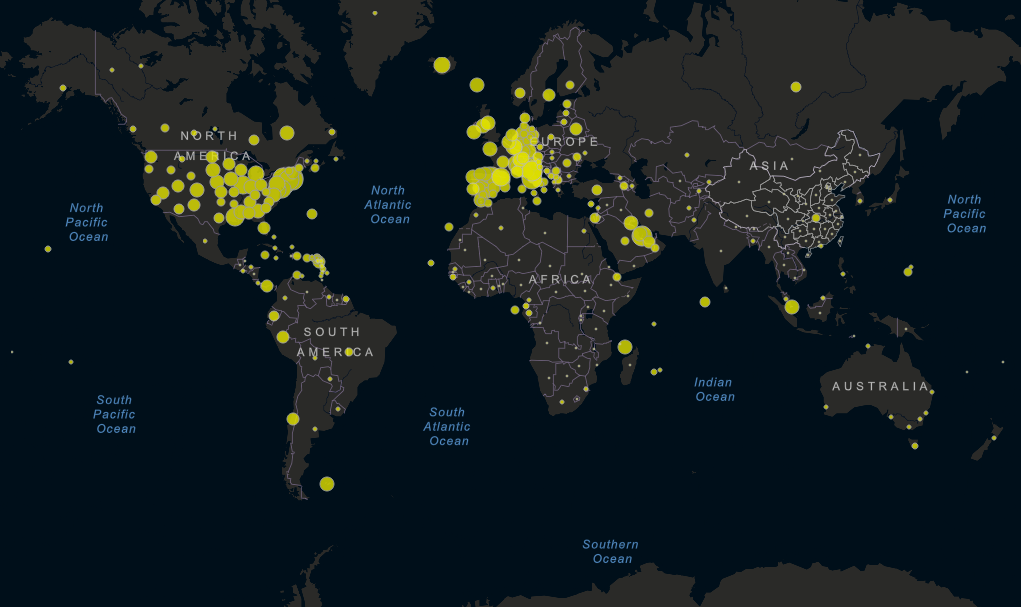
Using Machine Learning to Estimate COVID-19’s Seasonal Cycle
One of the many unanswered scientific questions about COVID-19 is whether it is seasonal like the flu – waning in warm summer months then resurging in the fall and winter. Now scientists at Lawrence Berkeley National Laboratory (Berkeley Lab) are launching a project to apply machine-learning methods to a plethora of health and environmental datasets, combined with high-resolution climate models and seasonal forecasts, to tease out the answer.
iTHRIV seeks to address COVID-19 information gap in Virginia
The Integrated Translational Health Institute of Virginia (iTHRIV) has developed an online tool to collect COVID-19 information from volunteers who live in Virginia.
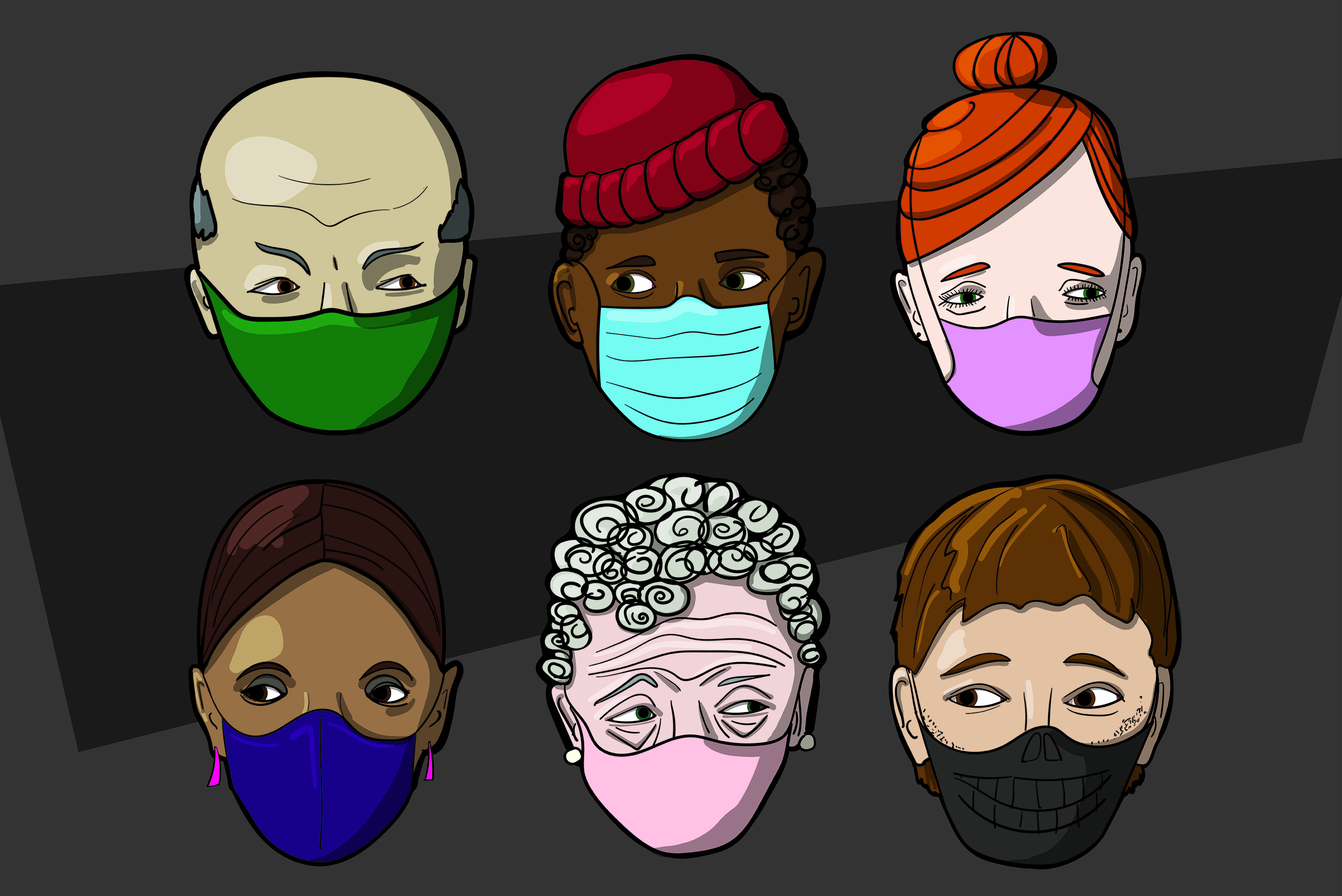
Diversity experts say COVID-19 has exacerbated class, racial disparities
Face coverings, one of the recommended strategies to help reduce the spread of COVID-19, can evoke “mental gymnastics” for some groups—particularly those in communities who are already viewed with suspicion, according to a diversity expert at West Virginia University.
MEDIA ADVISORY – LEADING ARGONNE SCIENTISTS DISCUSS LATEST RESEARCH INTO COVID-19 VACCINES, TREATMENTS, AND EPIDEMIOLOGICAL MODELS
From the onset of the COVID-19 pandemic, leading scientists from the U.S. Department of Energy’s Argonne National Laboratory have been using the Lab’s state-of-the-art facilities and collaborating with research teams from around the world to deliver analysis and share discoveries that are significantly contributing to the global fight against COVID-19.

Learning to Cope, Finding Hope
CSU experts weigh in on how to cope with anxiety, disappointment and loss during COVID-19.
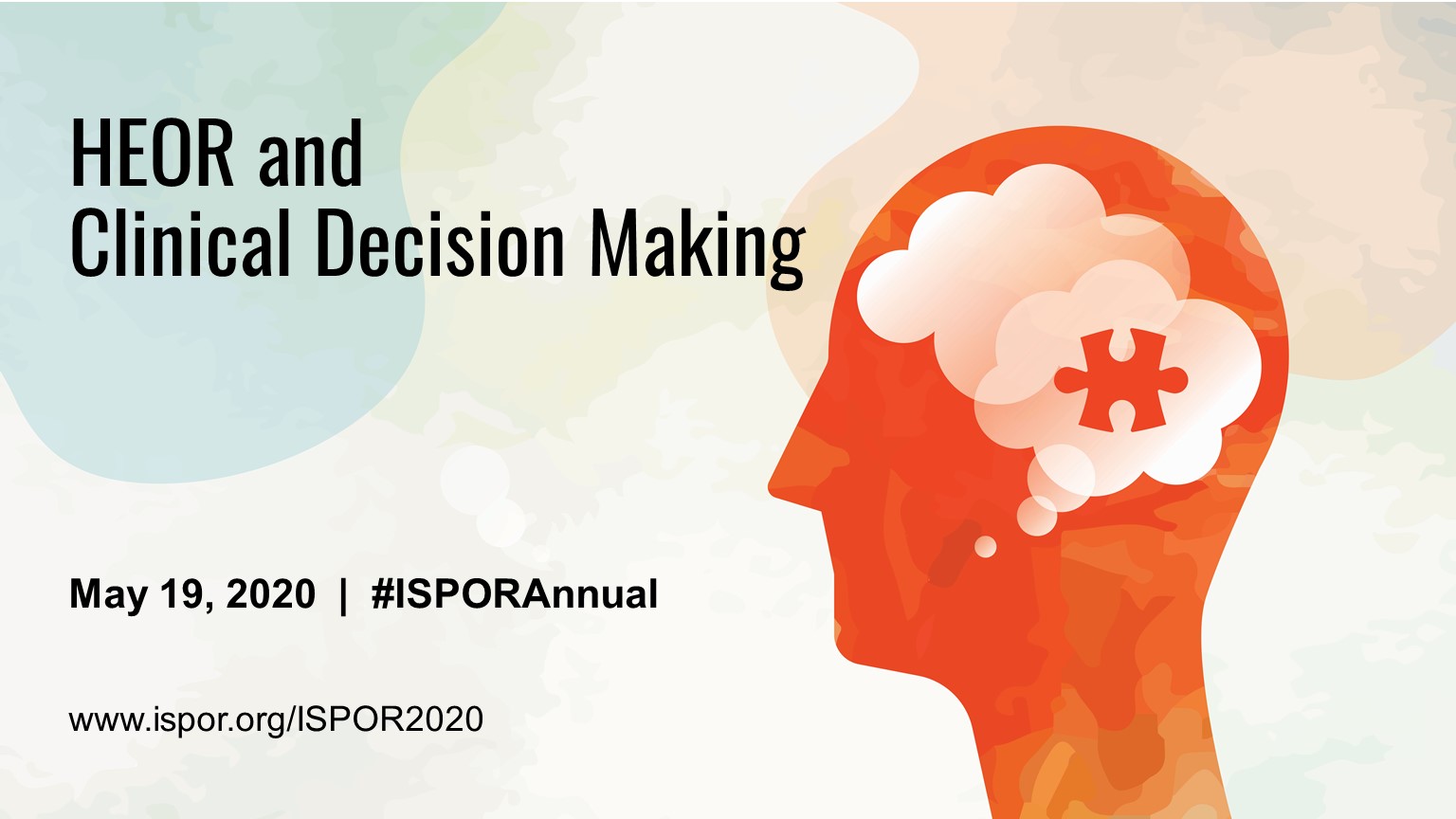
How Big Data and Artificial Intelligence Can Help Improve Healthcare Decision Making
ISPOR held its second Virtual ISPOR 2020 plenary session this afternoon, “Health Economics and Outcomes Research and Clinical Decision Making—Advancing Meaningful Progress.”
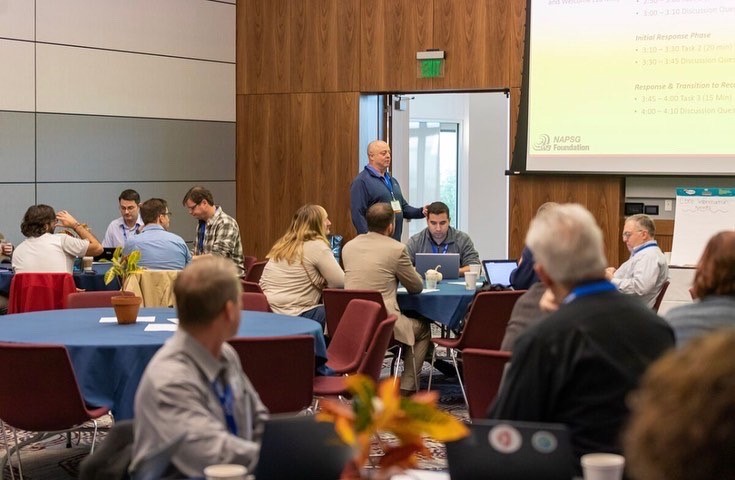
S&T Brings Partners Together to InSPIRE Disaster Preparedness and Resilience Innovation
To help communities prepare for disasters and rebuild in the aftermath, DHS S&T partnered with NAPSG to convene experts from around the country to share best practices and identify practical solutions related to information sharing, geospatial technologies, and leadership.
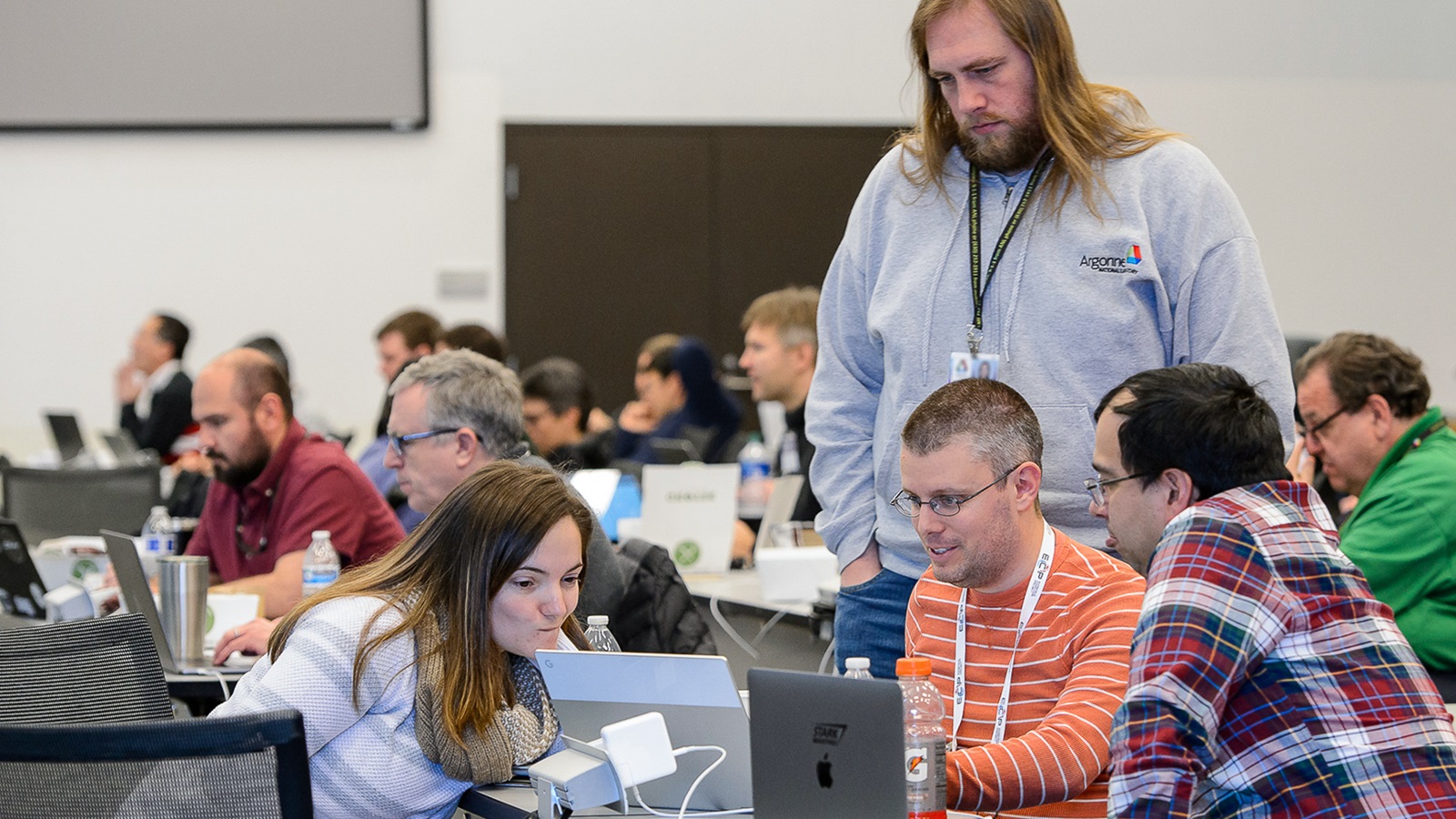
Aurora workshop helps researchers ramp up preparations for exascale computing
The Argonne Leadership Computing Facility recently hosted a workshop to help researchers advance code development efforts for Argonne’s upcoming exascale system, Aurora.
UCI physicists exploring use of Blu-ray disc lasers to kill COVID-19, other viruses
Irvine, Calif., May 19, 2020 – A new weapon in the arsenal against the coronavirus may be sitting in your home entertainment console. A team led by physicist Chris Barty of the University of California, Irvine is researching the use of diodes from Blu-ray digital video disc devices as deep-ultraviolet laser photon sources to rapidly disinfect surfaces and the indoor air that swirls around us.
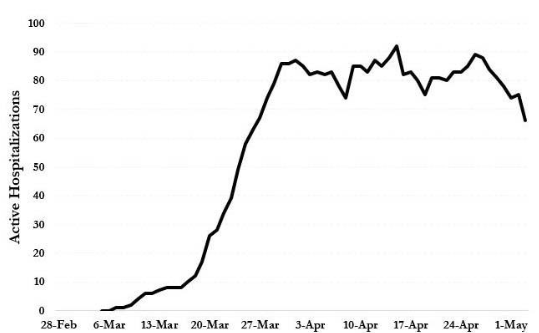
UofL report shows COVID-19 hospitalizations plateau in Louisville
More precise data has informed a second modeling study produced by the University of Louisville School of Public Health and Information Sciences (SPHIS) and the Louisville Metro Department of Public Health & Wellness (LMPHW).
Why having a national health information technology infrastructure could help save lives
Real-time data about health and health care during the COVID-19 pandemic can help contain the virus but has been difficult to obtain. A new paper published in JAMA explores the concept of a national health information technology (IT) infrastructure to provide up-to-date patient information in public health emergencies, which can then be used in planning and containment efforts.

Work begins on autonomous vehicle trial route
Over 300 kilometres of West Midland’s roads are set to trial connected and autonomous vehicles, making UK roads safer and allowing for more predictable goods delivery and journey times.
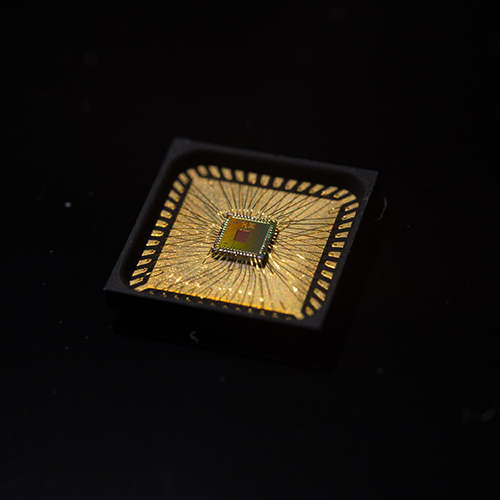
Toward a low-cost, low-power wearable sensor for temperature and respiration
Engineers at the University of California San Diego are developing low-cost, low-power wearable sensors that can measure temperature and respiration–key vital signs used to monitor COVID-19. The devices would transmit data wirelessly to a smartphone, and could be used to monitor patients for viral infections that affect temperature and respiration in real time. The research team plans to develop a device and a manufacturing process in just 12 months.
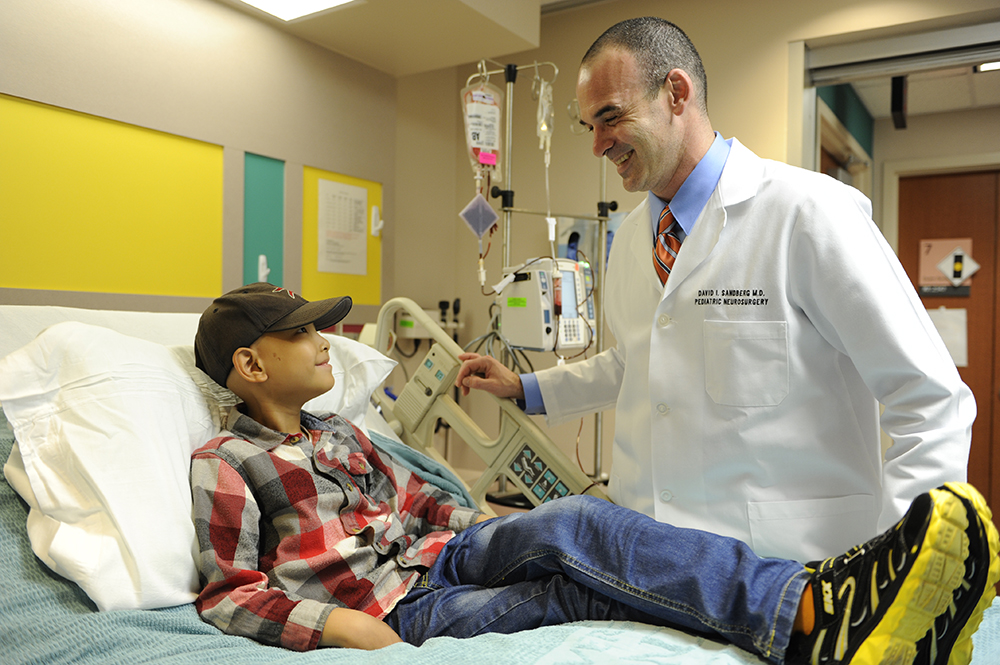
New chemotherapy drug studied for malignant brain tumor in children
MTX110 is a new formulation of panobinostat, a chemotherapy drug that has shown promise in laboratory models of medulloblastoma, the most common malignant brain tumor in children. Now, MTX110 is the focus of a novel trial that places the therapy directly into the fourth ventricle of the brain to treat patients with recurrent medulloblastoma.
CSU-trained Journalists: Vital to California
California citizens need reputable news and trusted information today more than ever, and the CSU is preparing the future workforce of truth-seeking journalists.
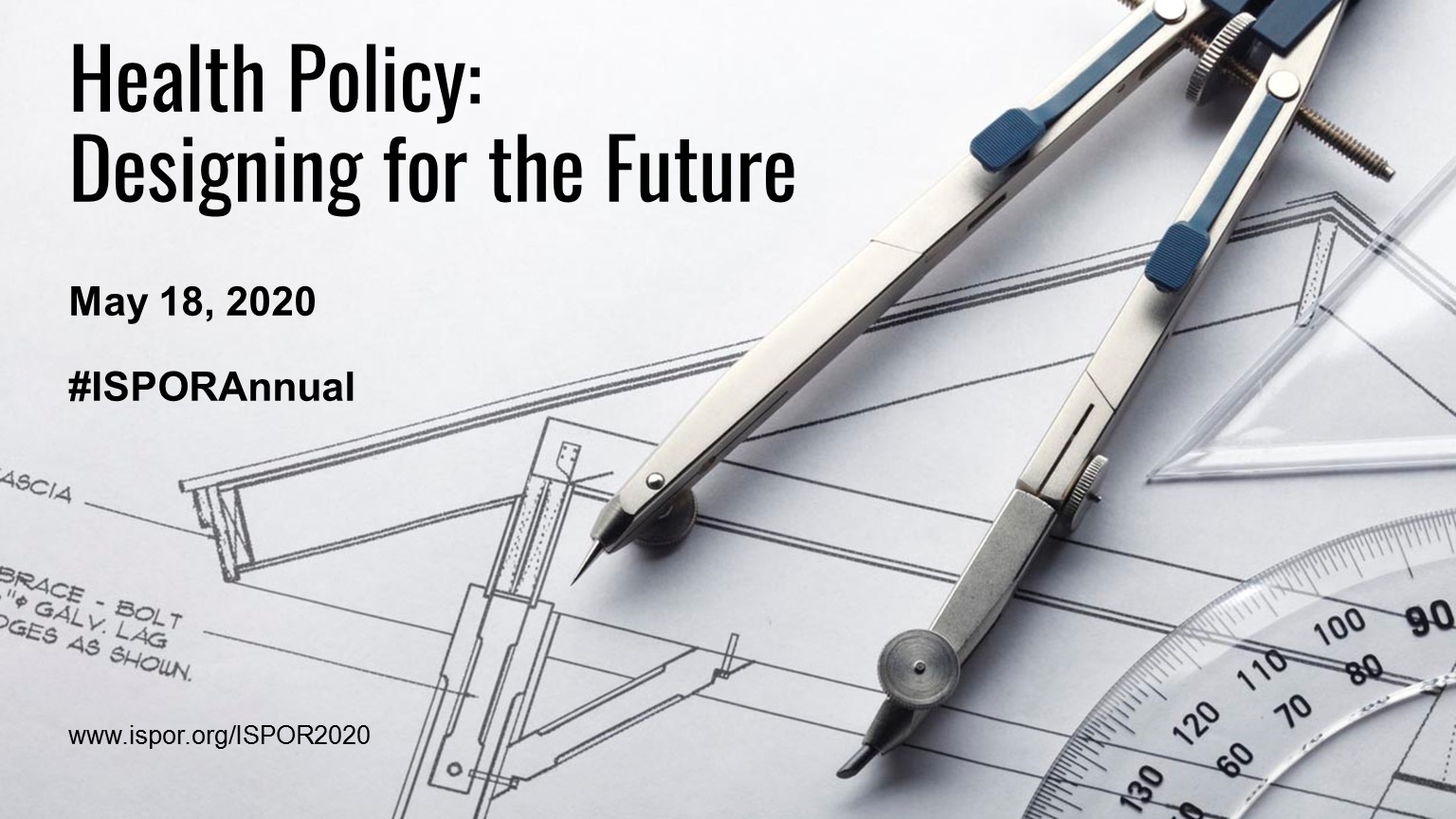
Designing Health Policy for the Future
ISPOR—The Professional Society for Health Economics and Outcomes Research opened its Virtual ISPOR 2020 conference this morning with its first plenary session, “Health Policy—Designing For the Future.”
AACC Issues Recommendations on the Use of COVID-19 Antibody Tests
To ensure the proper use of antibody testing for the novel coronavirus, AACC today issued a public statement detailing the role these tests should play in the management of COVID-19 patients and in the development of public health policy. In particular, the organization emphasizes that healthcare professionals and policymakers should work closely with laboratory experts on antibody testing to ensure that these tests are validated, used appropriately, and interpreted correctly.